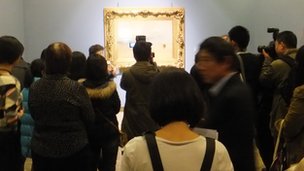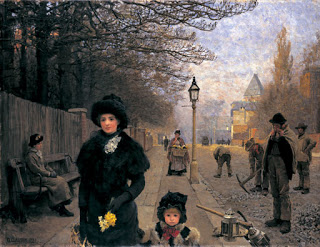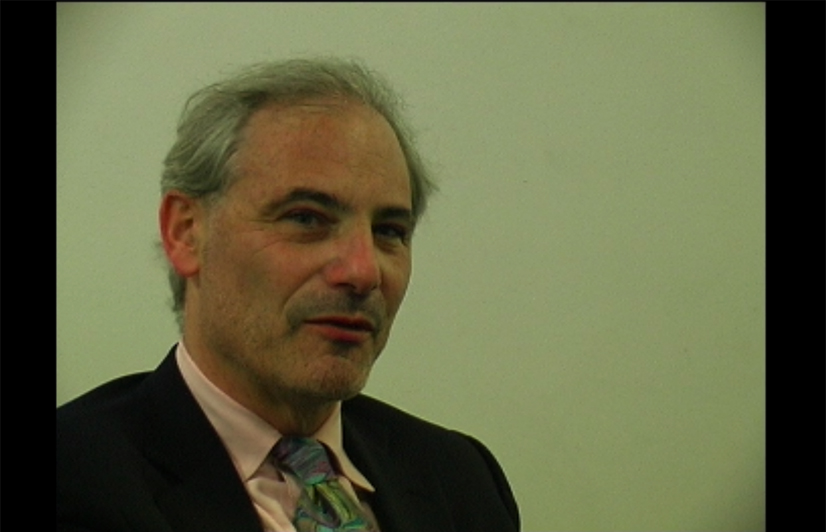The British have again struck preemptively to keep an important art works from being sold abroad, but this time it makes perfect sense. One can agree that John Constable’s Salisbury Cathedral from the Meadows — which depicts the cathedral under both a heavy cloud and a rainbow from across the River Avon and is thought to be a metaphor for the status then of the Church of England — is is inherently part of British heritage. Aside from the subject matter, the painter is British and he made it for showing at the Royal Academy. That makes more sense to me than declaring that, say, a Flemish manuscript, Roman de Gillion de Trazegnies, by Lieven van Lathem (1430–1493), purchased at auction by the Getty cannot leave the country because it’s been in the country for decades.(The Tate director, Nicholas Serota, told the British press that a major American museum asked for the right of first refusal if the painting did go up for sale.)
But never mind, I have other thoughts on this occasion.
The Tate sent word of this deal today: Major grants from the Heritage Lottery Fund (£15.8 million), the Art Fund (£1million), plus a “substantial,” but undisclosed donation from The Manton Foundation and money from Tate Members paid £23.1 million. That’s far less that the open-market value of an estimated £40 million, but equivalent to the heirs of the owner, the late Lord Ashton of Hyde, because of the tax relief accorded.
So far, so good.
But here is where it gets tricky. The painting, which has been at the National Gallery on long-term loan since 1983, isn’t staying there. It’s being purchased as part of a new partnership, called “Aspire,” of five national and regional galleries: the National Museum Wales; the National Galleries of Scotland; Colchester and Ipswich Museums; Salisbury and South Wiltshire Museum; and Tate Britain. The Tate will apparently own the work, but it will go “on almost constant view in partner venues across the UK. From today it will go on view in the Constable room at Tate Britain until the end of the year before being shown at the five national and regional galleries participating in the programme.”
Further, according to the press release:
The Aspire programme is a partnership between five UK institutions, all of which will organise special public programmes highlighting the painting. It will be seen in exhibitions and displays which include the partner venues’ existing collections and reflect the individual context of each site. After the initial five year period all the partners will continue to have special access to the painting for their exhibitions, while ensuring that this extraordinary work is lent to other institutions so that it can be enjoyed by a wide public.
Bold-face mine. This prompts questions. Salisbury Cathedral from the Meadows was painted in 1831 and stretches six feet in length. It’s not the easiest painting to move around “constantly.” And even if it were, Aspire is a new partnership — likely to continue acquisitions in this vein. How will they fare in constant motion?
In theory, the partnership is a good thing — joint ownership, as prices for art continue to soar, will keep more works in the public domain. I’ve always been in favor of spreading great art beyond the big cities. But let’s make sure it works out in practice for the art as well as the public.






